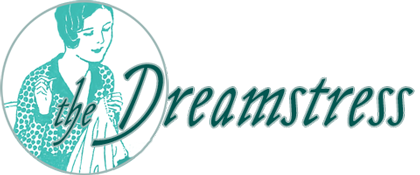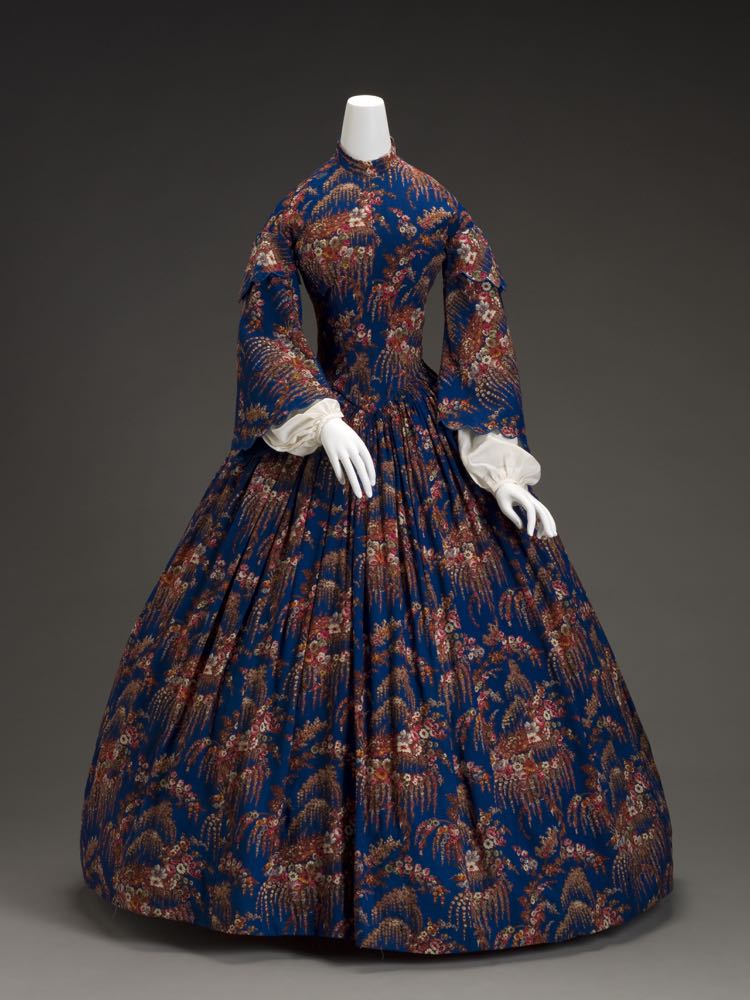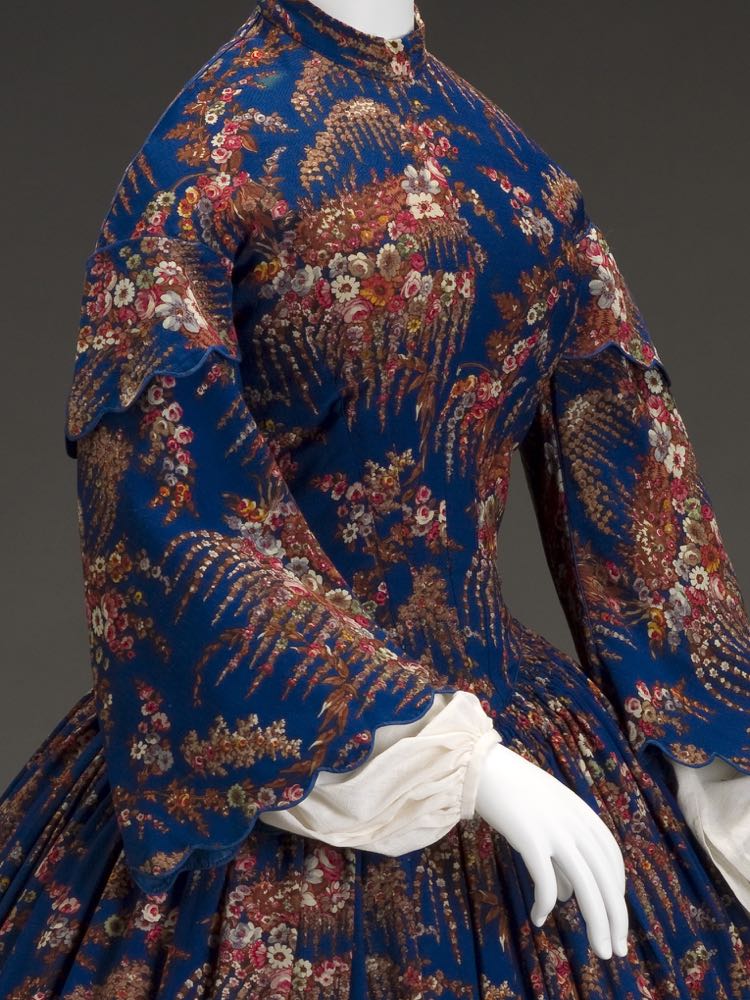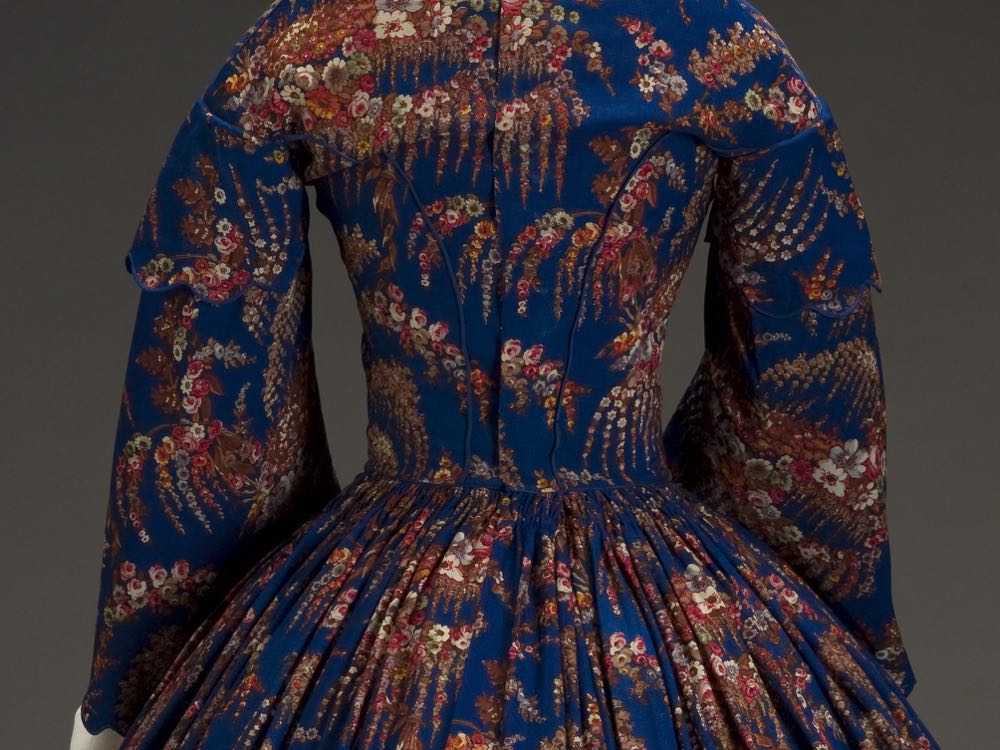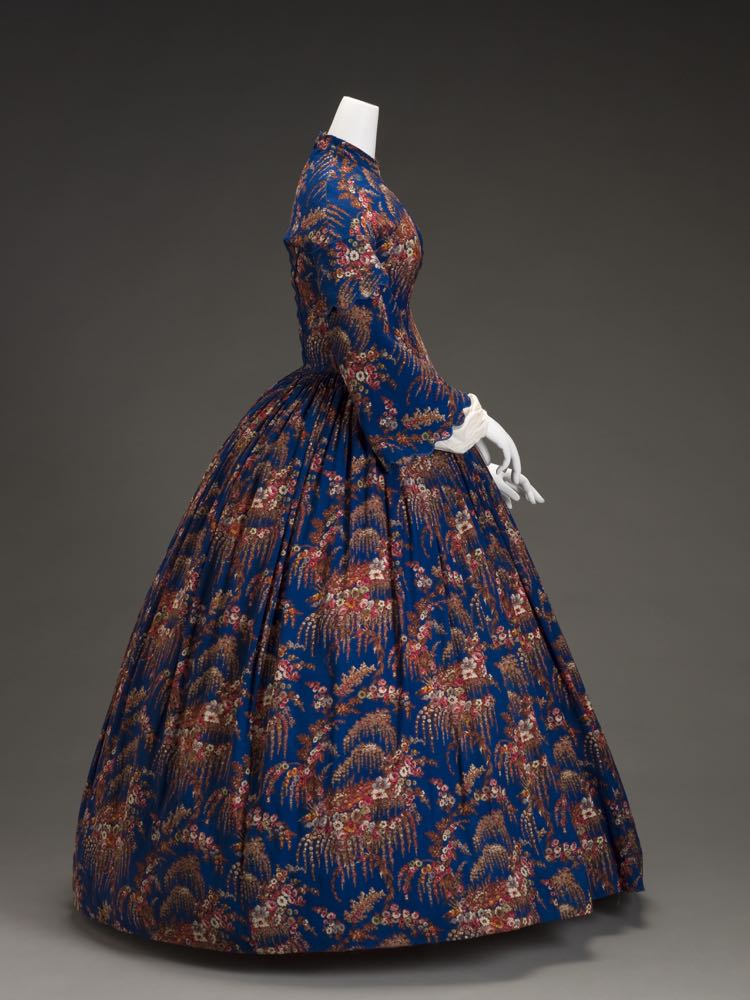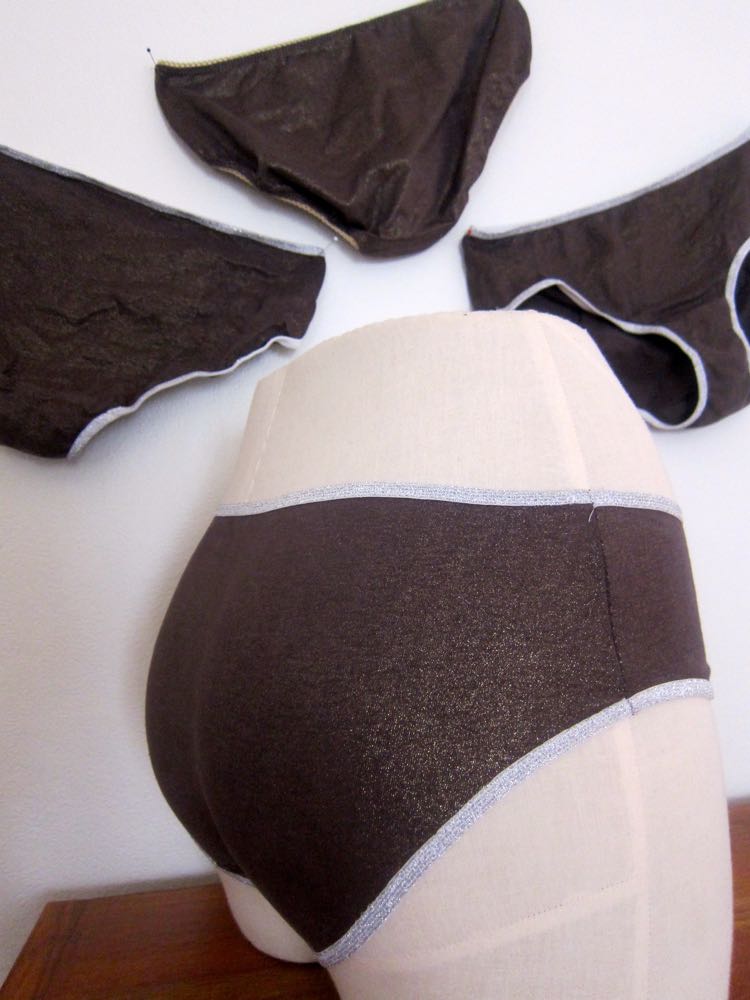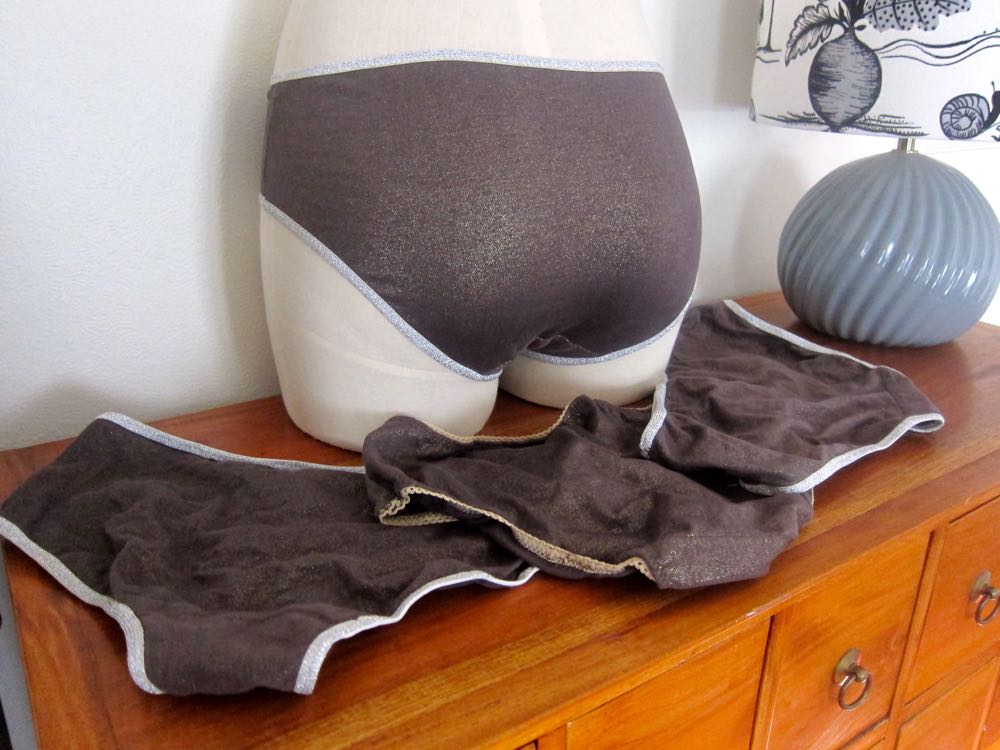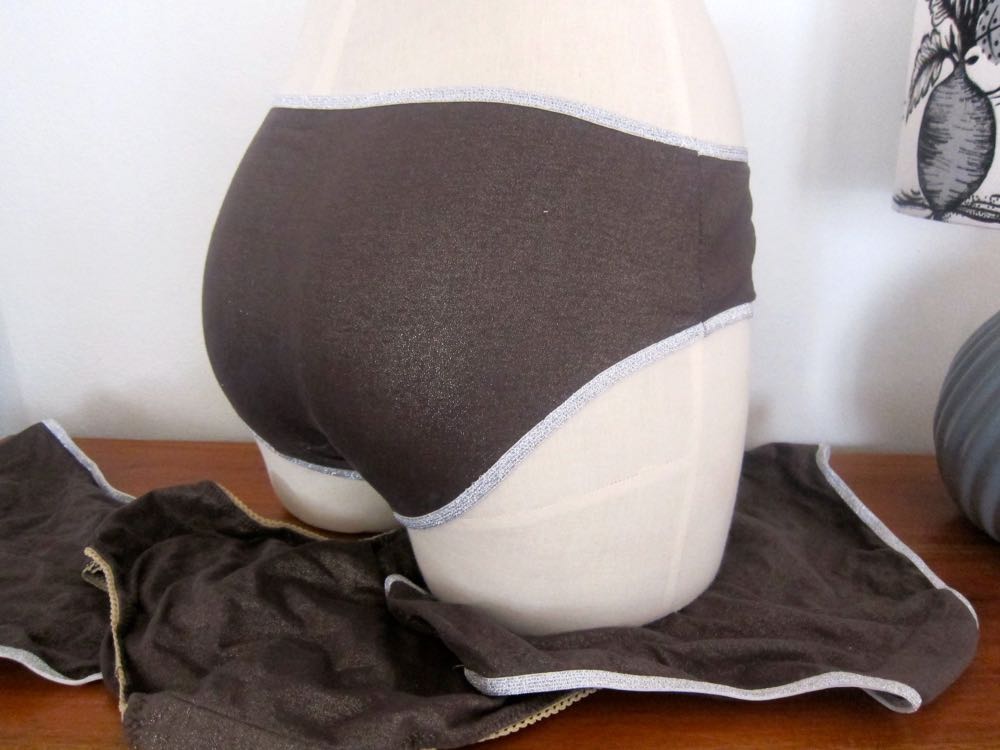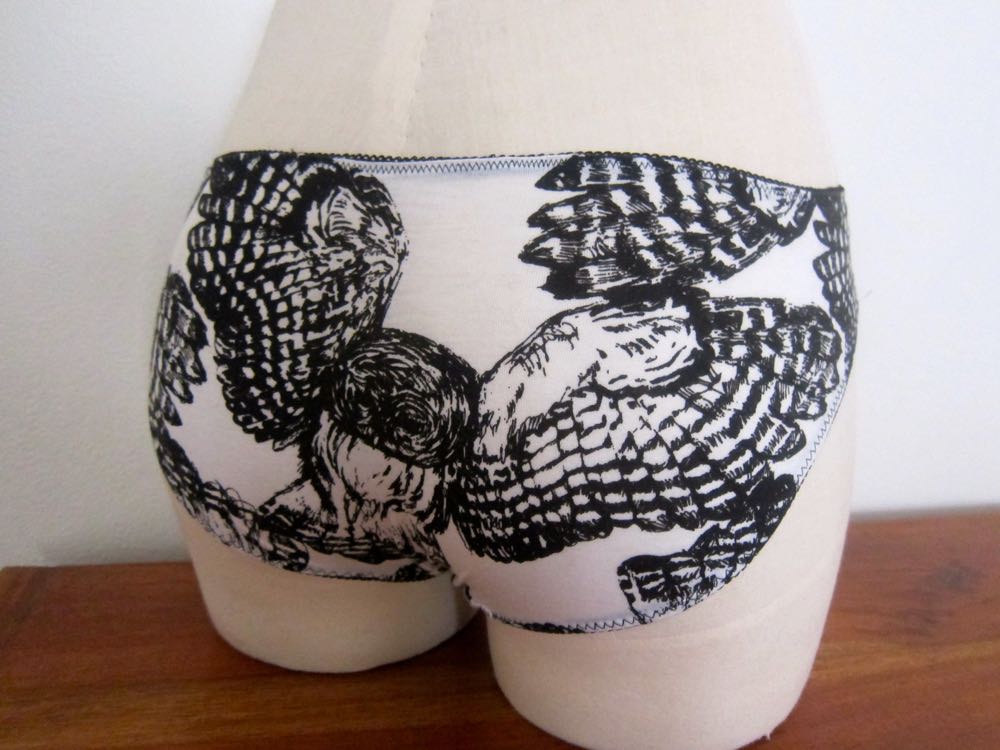A few months ago I shared five things I love (that many people find weird), which started quite an interesting discussion. And yay, I discovered lots of other people who like sardines! (mmmm…sardines…and cardboard crackers….)
This week I thought I’d share five of my pet peeves with you: completely random things that I find inordinately annoying/cringe worthy/disgusting:
1) Orange juice.
OK, not orange juice as a whole. Orange juice is fine if A) it’s being served with breakfast, or B) you’re under 10 years old. Even then, it’s not the best juice. Orange juice, however, is NOT fine if you’re at a black tie event and everyone else is walking around with champagne and you ask for something non-alcoholic and they say “Oh, we have orange juice.”
Seriously? Orange juice?
Is it before noon? Am I five years old?
No?
Then why are you offering me orange juice?
Orange juice is brightly coloured (thus making it super obvious you are not drinking, which has tons of drawbacks), has pulp, and is incredibly acidic, making it hard to drink more than one glass. It is NOT a good drink alternative.
There are SO many better non-alcoholic options for drinks. They make sparkling grape juice exactly for that purpose. Mineral water is nice. A really good cordial? Or better yet, a good cordial in sparkling water (rhubarb and ginger cordial in sparkling water is just about the epitome of drink perfection). Non alcoholic punch is awesome. Gingerbeer is perfectly acceptable. So is lemonade – real or NZ style (as in, Sprite). Heck, I even drank a Coke at a US Embassy reception because I was so excited that it wasn’t orange juice. And most of these options are even cheaper than orange juice!
Because orange juice is, for some demented reason (which was definitely not thought up by someone who has ever tried to subsist on orange juice for a 5 hour event where they didn’t even offer plain water!) the non-alcoholic drink of choice at NZ events. I have been to SO MANY museum receptions, balls, university events, and corporate parties that offer four kinds of wine…and orange juice.
And water, if you are really lucky.
And in the afternoon or evening, when you are all dressed up and probably haven’t been able to have dinner yet, orange juice sucks. I’ve got about as much respect for a caterer who would serve orange juice as their teetotaller option as I have for a seamstress who doesn’t iron.
2) Centipedes.
One of my ‘loves’ was spiders. And it’s true. I’m pretty much OK with all animals in a general sense – there are individual dogs and goats and horses I don’t like, but on a whole, I’m an animal lover. Mice are cute and even feral rats, whole gross, don’t make me squeal. Most creepy crawlies I find cute.
Except centipedes. Those suckers need to die.
Or at least be banished to an uninhabited island that no human will ever visit*.
I’ve got a personal reason for hating centipedes. They have them in Hawaii, and I was bit a number of times growing up, all while sleeping.
Do you know what a centipede bite feels like? Like you’ve been stabbed and hammered and it burns. For days. Deep in your flesh. And you swell, and swell. And the flesh gets so hot that someone who isn’t expecting it who puts their hand on the area near the bite will pull their hand back as if they had touched a hot iron. It’s bad.
I’ve got three small, round, white, hard scars on my arms from centipede bites, and muscle and nerve damage above one eye where one bit me on my face. Most of the time it’s OK, but when I’m really cold or tired or stressed the muscles can’t keep up. I was pretty philosophical about the first few bites, but after the face incident centipedes and I were over.
* And while I don’t hate them, it would be nice if the centipedes would take all the mosquitos with them to the uninhabited island when they go.
3) Perfume (and stores & airports that force you to smell it)
I don’t like perfume. Most of it stinks to me, and most of it gives me migraines (and the chance of migraines is enough to discourage me from attempting to find the perfumes I don’t hate, and that don’t cause me migraines).
I know I’m far from the only one, because ‘Ugh, there was this person in the lift/airplane/meeting/bus who smelled like a chemical bomb’ is a pretty common story. Teaching classes you hear a lot of small talk, and that one comes up a LOT. As does “I cross the road so I don’t have to walk right in front of Lush” as the invariable follow-up story by another student (get any six random females in Wellington and ask them if they do this and I guarantee at least one of out of six will, every time!).
So it totally confuses me that not only is it socially acceptable to make your smell a public thing (Smells are personal. They should be private. Like underwear), but stores seem to think its a good thing. Department stores put their perfume section right by the front door, so you have to walk through it to do any shopping. And Wellington airport had this cunning idea to make you walk through the Duty Free perfume section every time you get off an international flight here. I have to walk through with a scarf wrapped around my face and my inhaler clutched in my hand – just in case.
Gross.
I’d rather walk through the laundry while all the airport staff washed their underwear.
4) First person bios
All conference/magazine bios should be written in third person. I just cringe when I’m at a conference or reading a magazine and the bios are in first person. It just seems so amateur & unprofessional. First person is for interview answers, memoirs, and blogs (which are basically just incredibly recent memoirs). Otherwise first person bios are dorky and amateur.
5) Ummm…well…I’m out!
There are quite a few more things that I dislike, but none obvious enough to make the list. You can fill one in for me 😉
